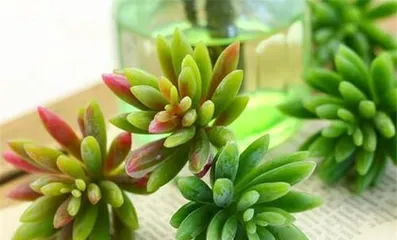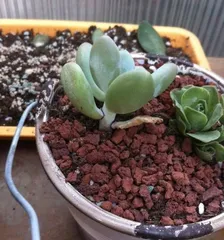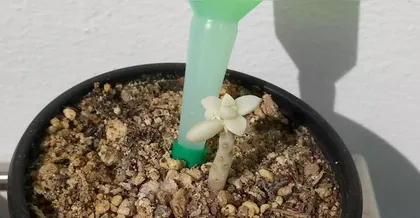Repotting Time and Care Methods

Growing plants at home has become a daily habit for many people. However, many people don't know when they should move their plants from their original pots to new ones, nor how to properly care for them. This article will detail how to properly repot and care for your plants to make them healthier and longer-lived.
Choose the Right Pot
Different plants need pots of different types, sizes, and materials. When choosing a pot, you should purchase it based on the plant's growth habits, size, root system, and the soil condition in the pot.

Determine the Repotting Time
The repotting time for plants varies by species. Generally, the best time to repot is during the plant's active growth period, but it should also be avoided during winter or periods of high summer heat.
Prepare New Soil
Nutrient-rich, well-draining soil should be selected, and be careful not to use soil containing chemical fertilizers and pesticides.
Prune the Roots
Before repotting, the plant's roots should be inspected, diseased or dead parts removed, and overly long or tangled roots pruned.

Water the Plant Appropriately
After repotting, pay attention to watering appropriately. Too much or too little water will affect the plant's growth and development. The amount of water should be determined according to the type of plant and the season.
Provide Ample Sunlight
Most plants need sufficient sunlight to grow healthily. Plants should be placed in a location with ample sunlight, and care should be taken to avoid direct sunlight on the plant.
Control Temperature and Humidity
Plants should be placed in an environment with appropriate temperature and humidity. Generally, the temperature should be kept between 15-25 degrees Celsius, and the humidity should be moderate.
Fertilizing
During the plant's active growth period, fertilizing should be done appropriately. Organic fertilizers should be used, and chemical fertilizers and pesticides should be avoided.
Regular Dusting and Cleaning
Dust and stains on the plant's surface should be removed regularly, and the pot and surrounding environment should be cleaned.
Pest and Disease Management
If pests or diseases are found on the plant, timely measures should be taken to treat them to prevent spread.
Pay Attention to Transplantation Operations
When transplanting or changing the pot, handle it with care to avoid damaging the plant's roots and branches.
Avoid Over-fertilizing
Over-fertilizing can lead to high salt concentration in the soil, affecting the plant's growth and development.
Pay Attention to the Plant's Dormancy Period
During the plant's dormancy period, the frequency of watering and fertilizing should be reduced to avoid affecting its growth and development.
Pay Attention to Pruning and Shaping
During the plant's growth process, attention should be paid to appropriate pruning and shaping of the branches to maintain the plant's shape and healthy growth.
Repotting and care are a very important part of the plant growth process. The right time for repotting, appropriate watering and fertilizing, and paying attention to temperature and humidity are all key to ensuring healthy plant growth. Hope these little tips can help you with your plant care.